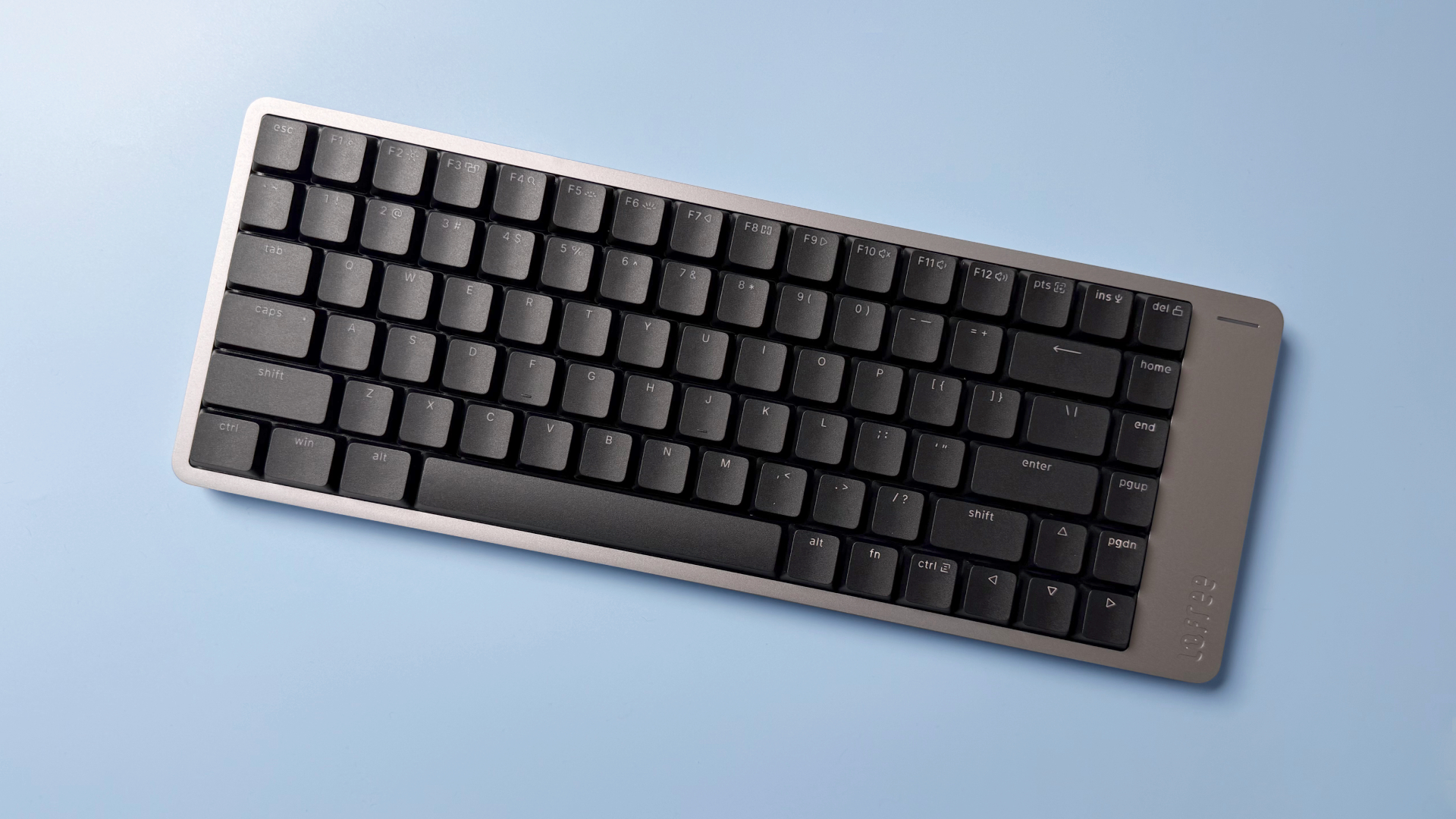MSI demos a monitor that gives you an AI helping hand in League of Legends and it might stretch the boundaries of what's considered fair
AI features are coming to almost every piece of hardware you can think of, but when it gives you this much of an advantage wouldn't it be considered…cheating?

AI is most definitely the buzzword of CES 2024, and it seems that no piece of hardware is immune from the coming integration of a whole host of AI features, some with rather dubious usefulness. However, MSI has been showing off its upcoming MEG 321URX QD-OLED display at its demo suite at the Las Vega show, and its new AI-powered SkySight feature appears to be capable of detecting incoming enemies in League of Legends and giving away their position with an onscreen icon. Call me old-fashioned, but that seems…more than slightly unfair.
The display makes use of an onboard AI accelerator (via Tom's Hardware) that analyses the mini-map to anticipate incoming opponents before placing an icon on the screen to let you know exactly where they're coming from, alongside another game tracking feature that keeps an eye on your health bar and displays it on a physical RGB light strip on the monitor itself.
MSI says that this game tracking won't just be limited to League of Legends, as it'll be releasing an application that'll allow you to train these features to recognise and react to enemies and other on-screen elements in any game you like.
Interestingly, while your PC will handle the processing of the training, once the display has been configured it'll supposedly process the visual data it receives on its own, freeing up those resources on your machine for the game itself.
Beyond the headline AI integrations, the monitor itself has some impressive specifications of the more traditional kind. The 32-inch screen uses a 4k QD-OLED panel with a 15000000:1 contrast ratio, a 240Hz refresh rate, and a 0.03 ms response time, which is enough for it to achieve VESA Clear MR 13000 certification.
These figures seem to suggest that this display is designed for competitive gaming, which given the AI game-tracking features may create an interesting conundrum for esports leagues and the bodies that oversee them. The AI processing happens on the display, not the machine running it, which likely means it's virtually undetectable by any current anti-cheat software.
That makes it an advantage that other players and officials may be unaware of unless they were in the room watching the output themselves.
Keep up to date with the most important stories and the best deals, as picked by the PC Gamer team.

Best gaming monitor: Pixel-perfect panels for your PC.
Best high refresh rate monitor: Screaming quick.
Best 4K monitor for gaming: When only high-res will do.
Best 4K TV for gaming: Big-screen 4K gaming.
That's all very well for an in-person tournament, but in an online match without adjudicators looking over your shoulder it seems you could set up this display to give you a serious advantage in any competitive game you can think of.
It's worth noting that many esports leagues keep tabs on players via a required live webcam feed, although it's not much of a stretch to suggest that you might be able to tweak the settings here to make the effect subtle enough to possibly escape notice.
Regardless of the potential competitive advantages of the tech, it might be the most interesting use of AI I've seen come out of CES so far. Certainly, for non-competitive uses it may well serve a useful purpose, particularly for those with visual-perception issues or limited vision, as keeping track of fast-paced action via traditional game interfaces can be difficult for those with disabilities.
As for esports players, it will be interesting to see how governing bodies might react to this sort of technology creeping into competitive gaming, and whether anti-cheat methods are capable of adapting to recognise this sort of advantageous tech.
_____________________________________
PC Gamer's CES 2024 coverage is being published in association with Asus Republic of Gamers.

Andy built his first gaming PC at the tender age of 12, when IDE cables were a thing and high resolution wasn't—and he hasn't stopped since. Now working as a hardware writer for PC Gamer, Andy spends his time jumping around the world attending product launches and trade shows, all the while reviewing every bit of PC gaming hardware he can get his hands on. You name it, if it's interesting hardware he'll write words about it, with opinions and everything.

